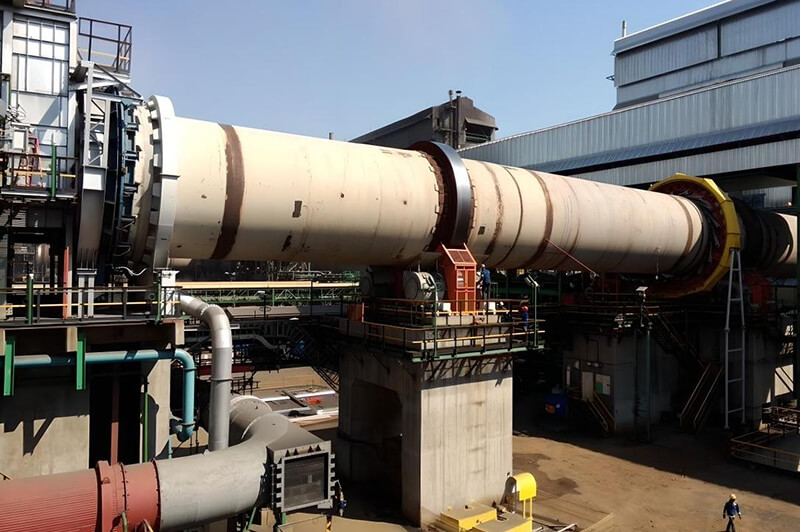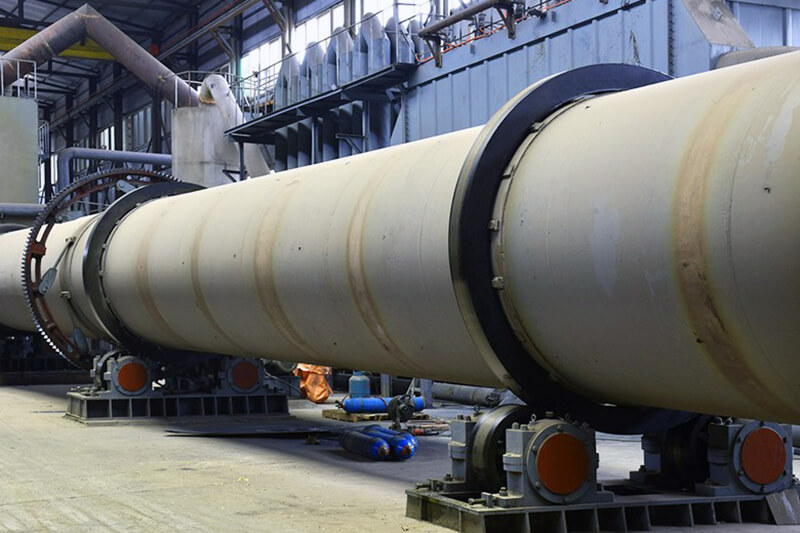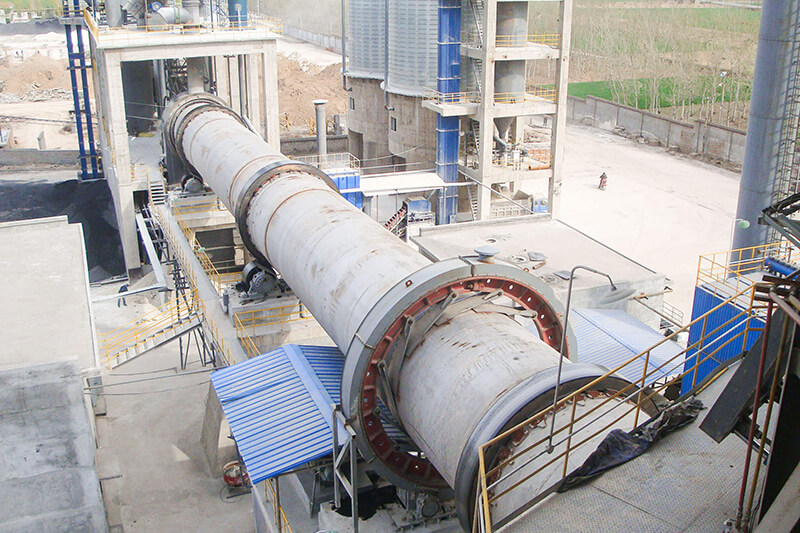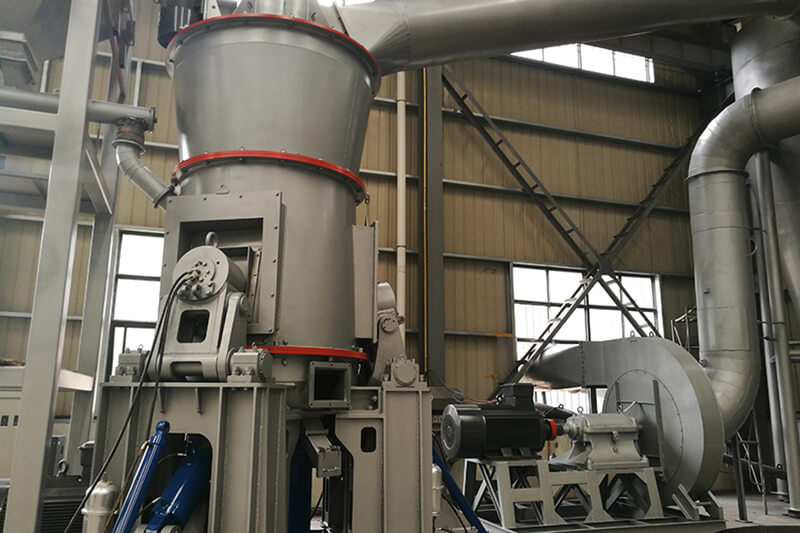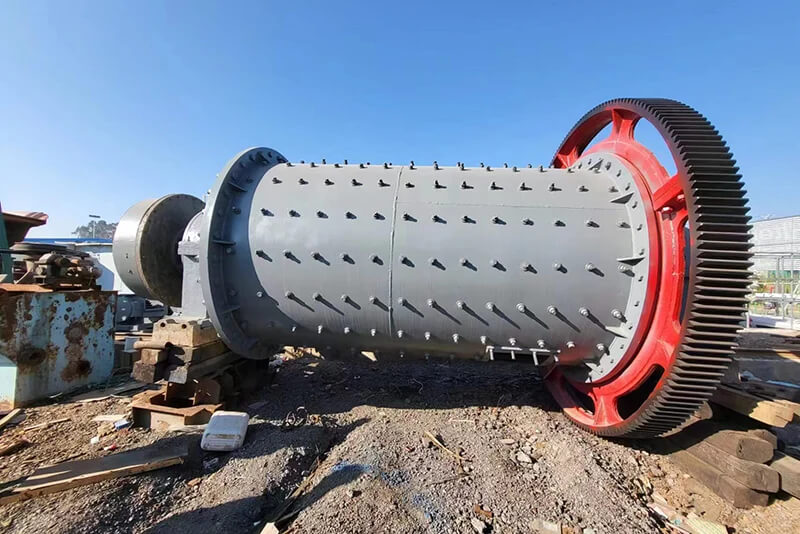The rotary kiln is a core thermal equipment in modern industrial production used for high-temperature treatment of powdered or granular materials. It has wide applications in several fields including cement, metallurgy, and chemical industries, with its most typical and critical application being in the cement industry. In a cement plant, the rotary kiln is revered as the "heart of the cement plant". It undertakes the arduous task of converting raw meal into cement clinker and represents the stage with the highest temperature, greatest energy consumption, and utmost importance in the entire cement production process.
I. Position and Core Functions of the Rotary Kiln
In the three main stages of cement production - "two grinding steps and one burning step" - the rotary kiln is responsible for the crucial "burning" step: calcination.
- Site of Physicochemical Changes: The powdered raw meal fed into the kiln undergoes high temperatures inside, experiencing a series of complex physical and chemical reactions.
- Core Reactions: The most critical reactions are the calcination of calcium carbonate and the formation of silicate minerals.
- Product: The material exiting the kiln is cement clinker, an intermediate product appearing as dark grey nodules or fragments of varying sizes. It is the core substance that gives cement its strength.
II. Components of a Rotary Kiln System
A modern rotary kiln is not just a rotating cylinder; it is a complex system primarily consisting of the following parts:
- Rotary Kiln Body
- Support and Drive System
- Heat Source: Burner
- Preheater System
- Precalciner
- Cooler System
III. Detailed Process Flow
The process flow, using a modern preheater and precalciner kiln as an example, is an efficient process of heat utilization and material transformation, as illustrated below:
Raw Meal → Preheater System → Precalciner → Rotary Kiln → Cooler → Clinker
Process Step Analysis:
- Preheating and Precalcining
- Calcining and Sintering
- Cooling and Heat Recovery
IV. Key Process Control Points
- Firing Temperature
- Coating Protection
- Flame Shape
- Balance of Air, Fuel, and Feed
- Environmental Emissions
Summary
The rotary kiln process is a complex system engineering feat integrating material transport, heat transfer, mass transfer, and chemical reactions. The introduction of the preheater and precalciner in modern dry process rotary kiln systems has enabled large-scale, efficient, and energy-saving production, representing the concentrated embodiment of technological advancement in the cement industry. Its stable and efficient operation directly determines the quality, output, and production cost of the final cement product.

